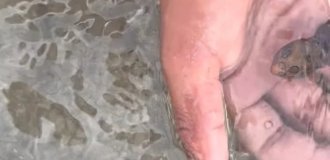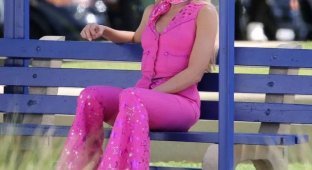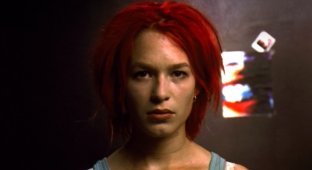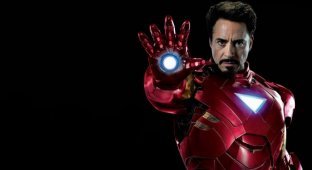How the film "Gone with the Wind" was filmed: footage from filming and 29 interesting facts about the film (32 photos)
Even today, this film looks like a breeze, despite the fact that it is already 85 years old. And we can certainly say that this picture is for all times. But the filming itself was far from easy. 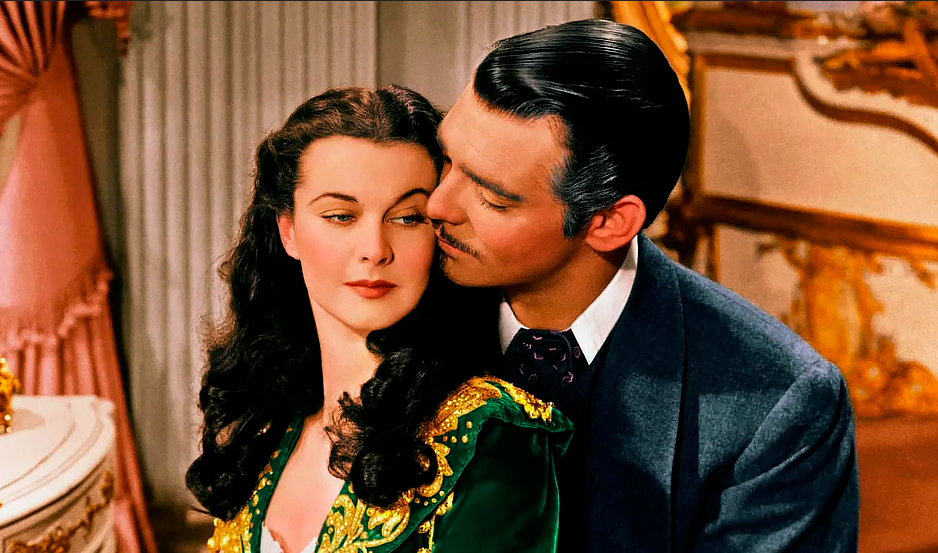
1. The idea to make the film Gone with the Wind was born after the success of Margaret Mitchell's novel of the same name in 1936. Moreover, Mitchell wrote the novel in a very strange way. She already had a ready-made ending (the last chapter), and she came up with everything else along the way, focusing on her ending. 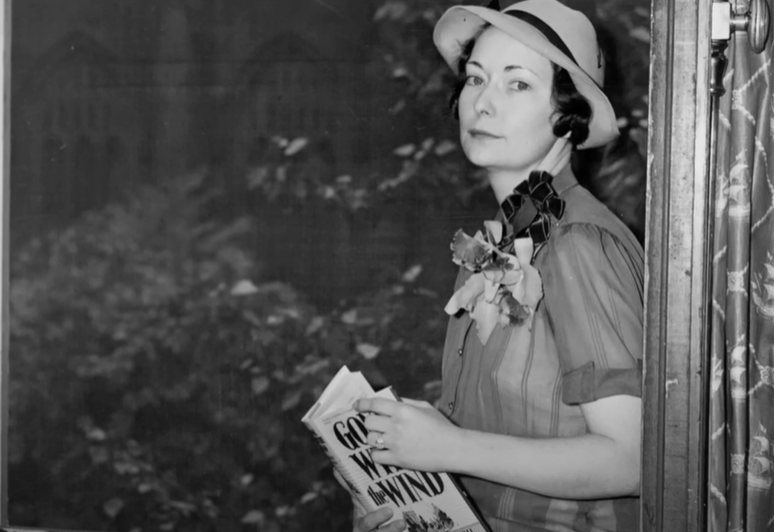
Margaret Mitchell
Already on the first day of sale of the book, 50,000 copies were sold, and he was later awarded the Pulitzer Prize.
Margaret Mitchell's fee for writing the book was $500 plus royalties from the sale. As a result, the writer earned around $3 million. And if we take inflation, today this amount would be $33 million.
By the way, Mitchell's novel was originally supposed to be called Tomorrow Is Another Day. At least that's the name they were going to publish it under. But Mitchell didn't like the name and ended up coming up with several alternatives. Among them was the title "Gone with the Wind", which she spied in Ernest Dawson's novel "Sayonara".
2. About a month after the book's release, producer David Salznick, who had previously produced the film King Kong (1933), agreed with Margaret Mitchell to buy the film rights to her book. The deal cost Salznick $50,000. 
David Salznick
Salznick commissioned renowned screenwriter Howard to write the script. He agreed on the condition that he would work alone and no one would disturb him. As a result, he produced a script for a 5-hour film, which terribly angered Selznick. But Howard refused to cut his masterpiece, so Salznick began looking for people who would correct the script. 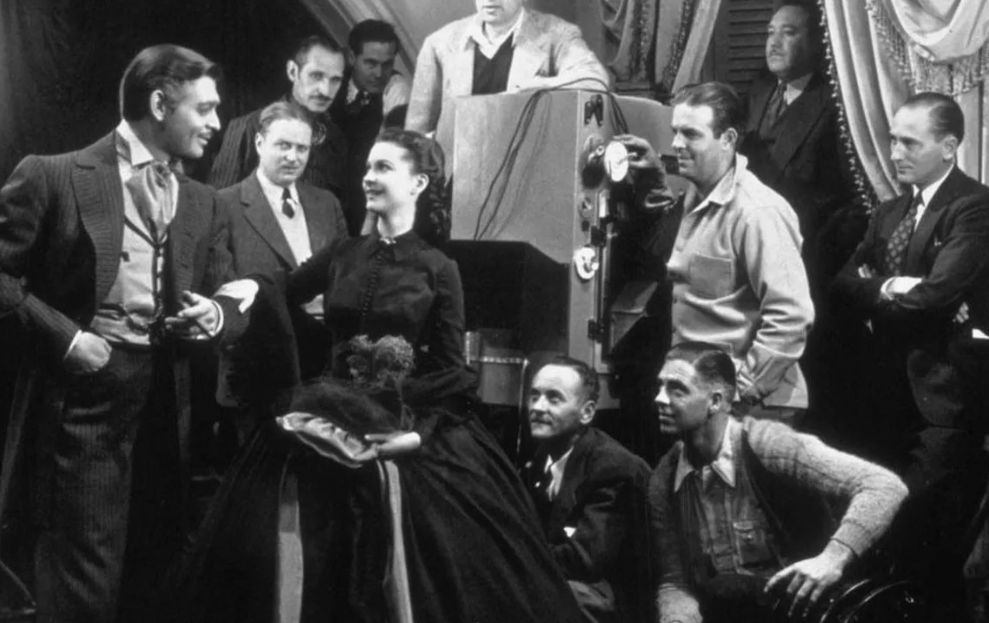
3. Initially, they wanted to take actress Bette Davis for the role of Scarlett, but they could not get her due to the fact that she signed a long-term contract with the Warner Brothers studio.
However, Jack Warner agreed to allow Beth to film the film on the condition that Rhett Butler be played by Earl Flynn. But then Bette Davis herself gave up, since she did not want to see Earl Flynn as her partner, considering him too feminine. As a result, the studios and Beth could not come to a common decision. 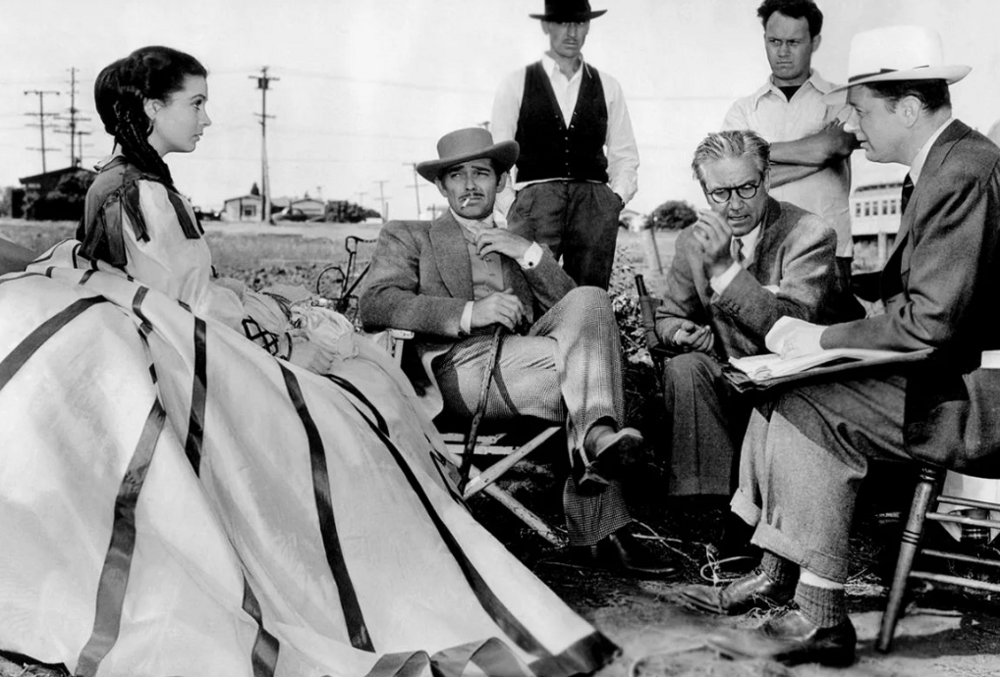
4. The search for an actress for the main role was not easy. Almost 1,500 applicants applied for the role of Scarlett. Of these, 400 applicants passed the first stage and got to the second audition.
But in the end, the unknown Vivien Leigh was chosen for the role of Scarlett. Even the writer Margaret Mitchell herself approved of Vivien’s candidacy. And it was very strange, because initially they wanted to cast an exclusively American actress for the role of Scarlet, while Vivien Leigh was British. In order to hide Vivienne's British accent, she had to hire a dialect coach. 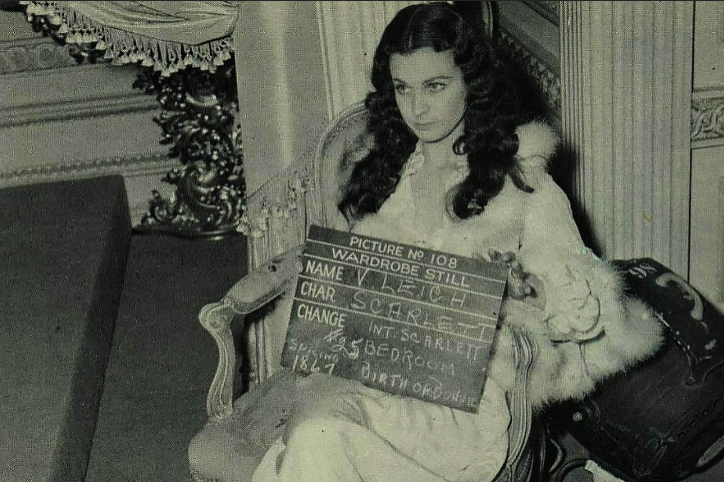
Vivien Leigh
But there was one more small problem. Vivienne Lee has naturally blue eyes, while according to the plot Scarlett should have green eyes. But this problem was solved thanks to filters and special makeup. Yes. She didn’t become completely green-eyed, but her eyes were already at least a little green. 
5. Such famous actors as Gary Cooper, Ronald Colman and some other stars of the 30s were considered for the role of Rhett Butler. But in the end, the role went to Clark Gable, who simply perfectly embodied the image of Butler on the screen.
True, it was not so easy to get Clark, because he had a contract with MGM, the head of the company was his father-in-law Lewis Mayer, who did not want to give Gable to a competitor (even his daughter’s husband). But after some time, Lewis Mayer still took pity on his relative and “gave” Clark Gable to him and even gave him money for the film ($1.25 million) to save him from humiliation. 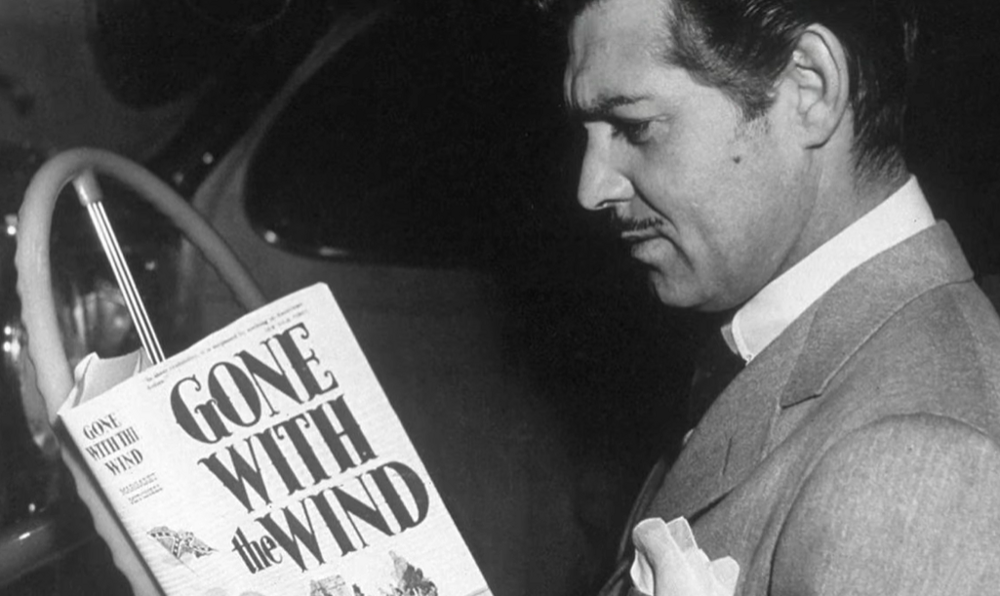
Clark Gable
Is it true,Lewis Mayer didn't do it for free either. For his gesture of goodwill, he received the rights to distribute the film, as well as 50% of the profits for the first 7 years of the show.
When Gary Cooper turned down the role, he stated that the film would be a failure and he was very happy that Clark Gable would fail. But as you all know, the movie Gone with the Wind became a worldwide hit.
6. The process of selecting the leading actors took a long time, and it was time to start filming. It even got to the point that the first scene filmed (Fire in a train depot in Atlanta) involved doubles. 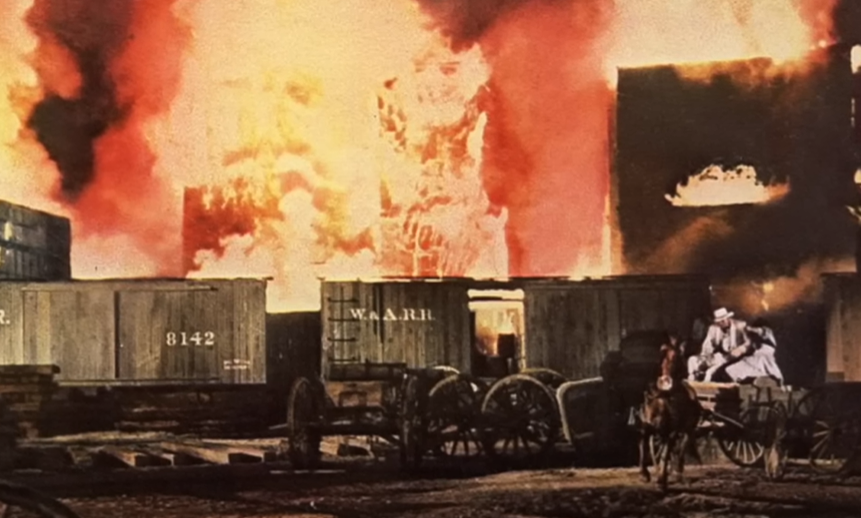
It is noteworthy that the fire was real. At that very moment, the scenery that remained from the filming of the previous film was burning. Filming this scene cost the studio $25,000, but the company received juicy and real footage of a large-scale fire.
7. During the filming of the film, three directors were involved. The first of them was George Cukor, who shot a good part of the scenes, but as a result was removed from the project by David Selznick. The producer fired the director, believing that he would not be able to film romantic scenes between a man and a woman. because he is a representative of a non-traditional orientation. Although, according to another version, Cukor was fired because he wanted to make a film according to the original script. 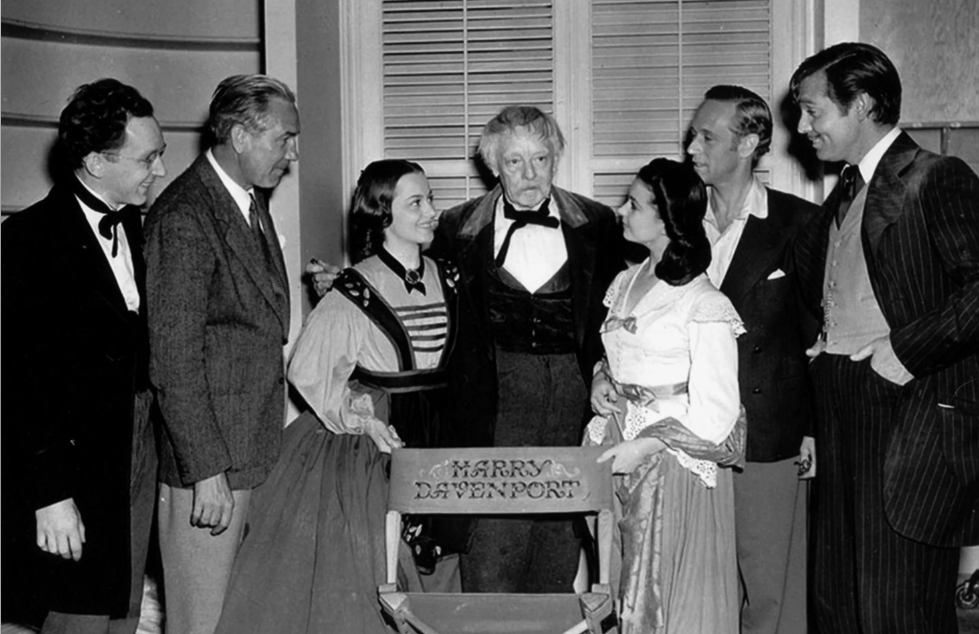
The next director (main) was Victor Fleming. David Salznick also got this famous director thanks to his father-in-law Lewis Mayer, because at that time Fleming was directing the film “The Wizard of Oz” for the MGM studio. But to help his son-in-law, the head of MGM “took his director away from his heart.” 
But Fleming irritated Vivien Leigh so much with his approach to filming that the actress constantly brought the original book to the set to show the director how wrong he was in certain moments. 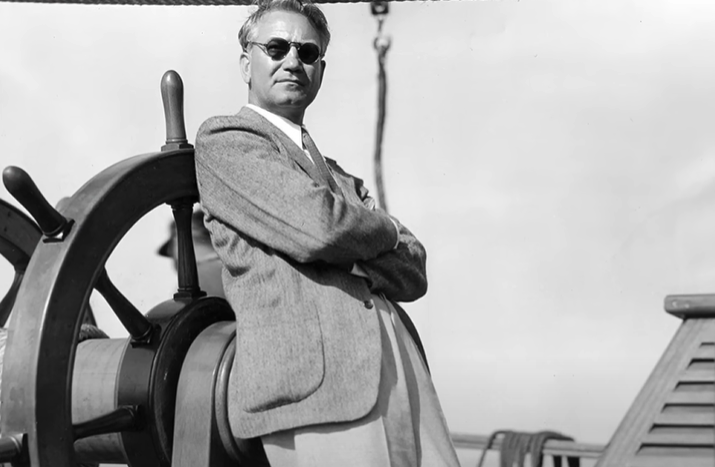
Victor Fleming
Towards the end of filming, Fleming admitted that he was severely exhausted and could no longer continue working, so Sam Wood completed filming. True, a little later, having rested a little, Fleming returned to work, and as a result there were already two directors on the set.
8. The film's script was constantly changing, which is why the actors could not properly prepare for filming. It even got to the point that every day they brought another new version of the script. 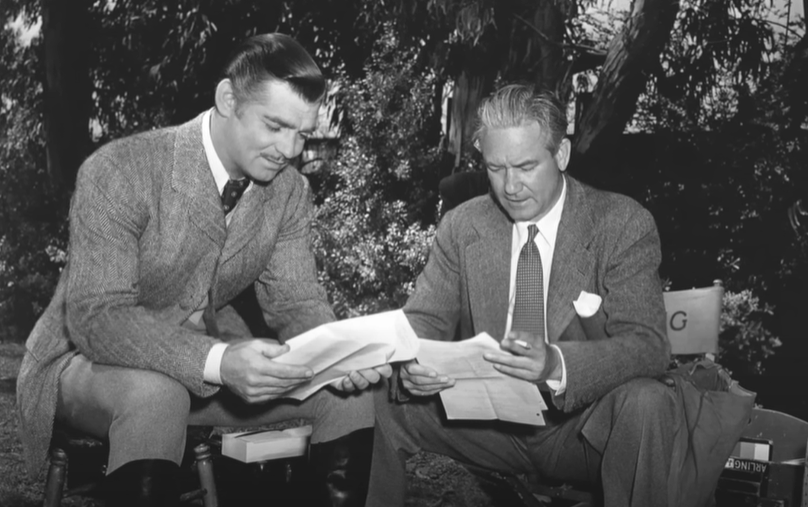
9. Actor Leslie Howard, who played Ashley, literally hated his role. He was very uncomfortable in this image, since the actor himself was 45 years old, while his character was only 21 years old at the start of the film. 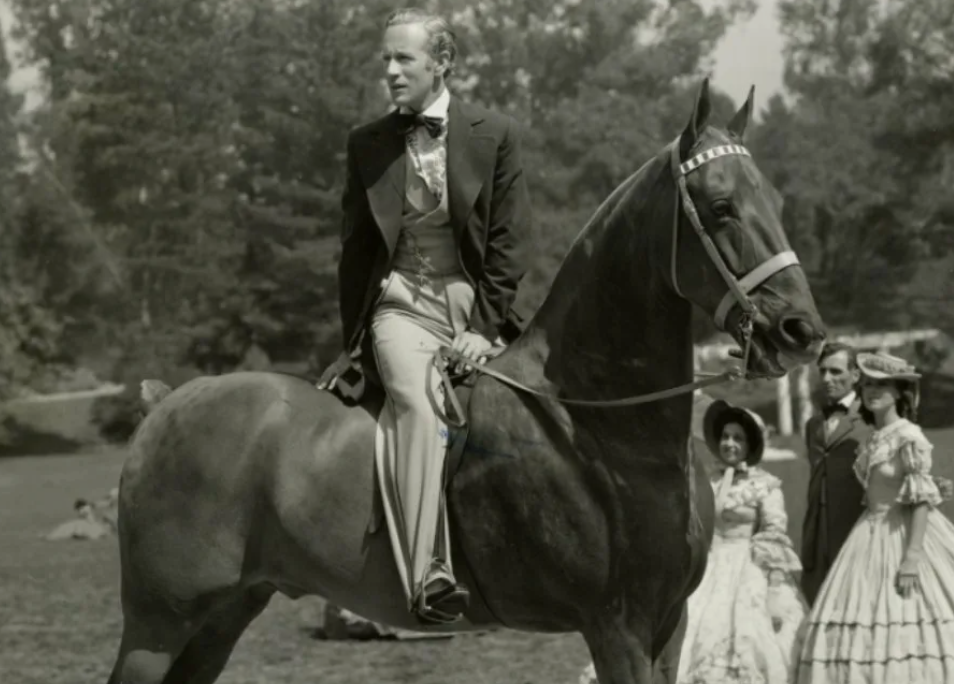
Moreover, he was terribly annoyed by the costumes he wore on the set. He even mentioned that he felt like he was acting out the role of a doorman in a magical hotel.
He later wrote a letter to his daughter saying how much he hated his character, Ashley, and how it annoyed him that they were trying to make him look like a young man by constantly preening him and applying makeup. 
Vivien Leigh and Leslie Howard
10. President Roosevelt's personal cook, Lizzie McDuffie, was considered for the role of Mammy, but in the end, Hattie McDaniel was cast in this role.
For this role, Hattie McDaniel received an Oscar for Best Supporting Actress. Moreover, she basically became the first black actress to win an Oscar. 
Hattie McDaniel at the Oscars
But since at that time blacks in the United States were second-class citizens, Hattie had to sit at a separate table..
11. And one more thing about black people. No black actors were allowed to attend the premiere of Gone with the Wind, including Hattie McDaniel, who played a very important role in the film. 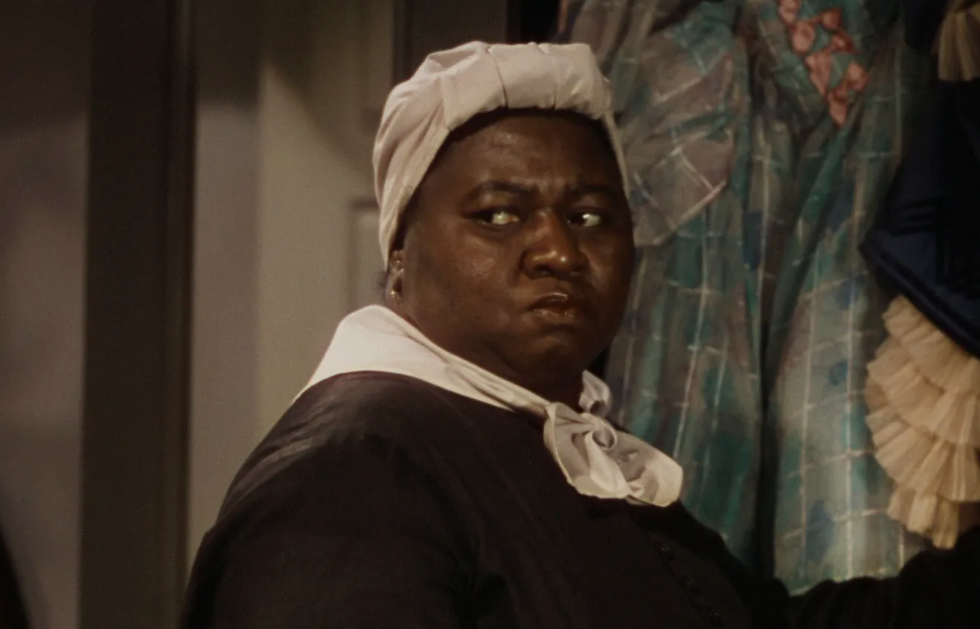
Clark Gable himself came to Hattie McDaniel's defense. He and Hattie communicated very well and were even friends, so he said that if the performer of the role of Mammy was not at the premiere, he would disrupt the screening of the film. But so that Gable doesn't have problems, Hattie McDeniel asked him not to do this, but just to calmly attend the premiere.
12. Actress Barbara O'Neill, who played the role of Scarlet's mother, was actually only 3 years older than Vivien Leigh. 
Barbara O'Neill and Vivien Leigh
13. Clark Gable refused to cry on camera because he believed that men should not cry. He even threatened to leave the film if the director and producers insisted on tears in the frame. 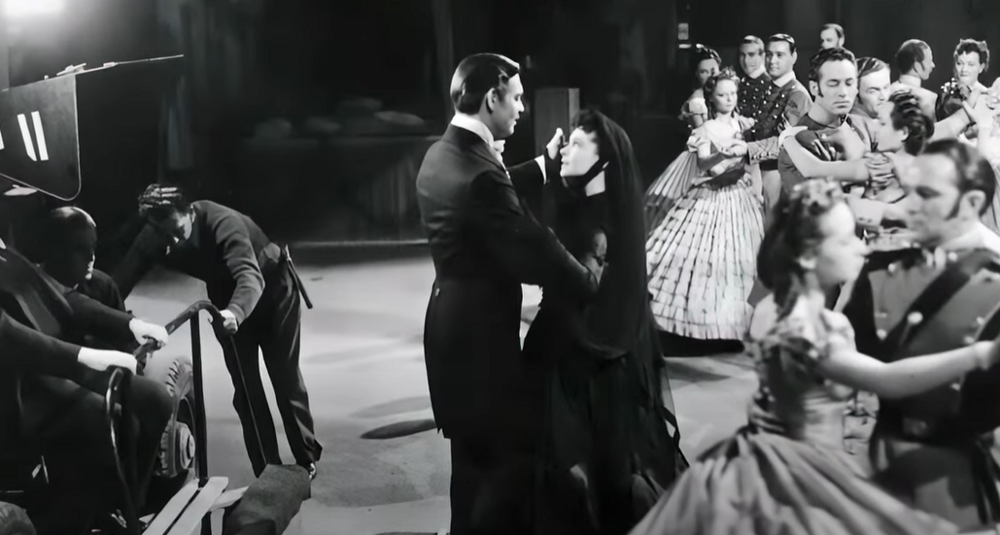
Then the director persuaded Gable to film two identical scenes, in one of which he would cry and in the other he would not. Comparing these versions, the director managed to convince the actor that the tearful scene looked much better. Also, the director told Gable that tears in this scene only decorate it and make it more interesting for the audience.
14. It is noteworthy that the film "Gone with the Wind" became the world's first completely color film. Color photography at the end of the 30s was a real miracle, but to do this, one had to work very hard, since the color shooting method simply required huge financial costs. 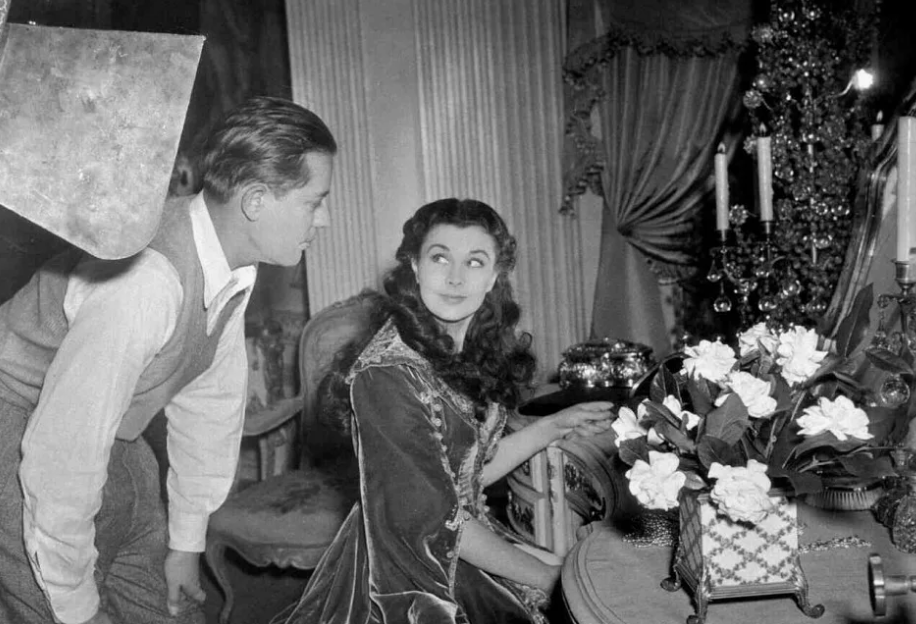
Even after the film's release, film companies did not make films in color for a long time. The era of color cinema began approximately in the 50s and 60s.
15. Composer Max Steiner had a very limited time to write music for the film, so he was forced to work 20 hours every day. All this time the poor composer had to take pills. 
Max Steiner (composer)
16. Vivien Leigh received $25 thousand for her work, while Clark Gable's fee was $120 thousand. And this is taking into account the fact that he spent much less time on the set than Vivien Leigh.
17. Many black citizens accused Hattie McDaniel, who played the role of Mammy, of betraying her people by playing in a racist film. To this she replied that she would rather play the role of a maid for $700 a week than work as a real maid for $7 a week. 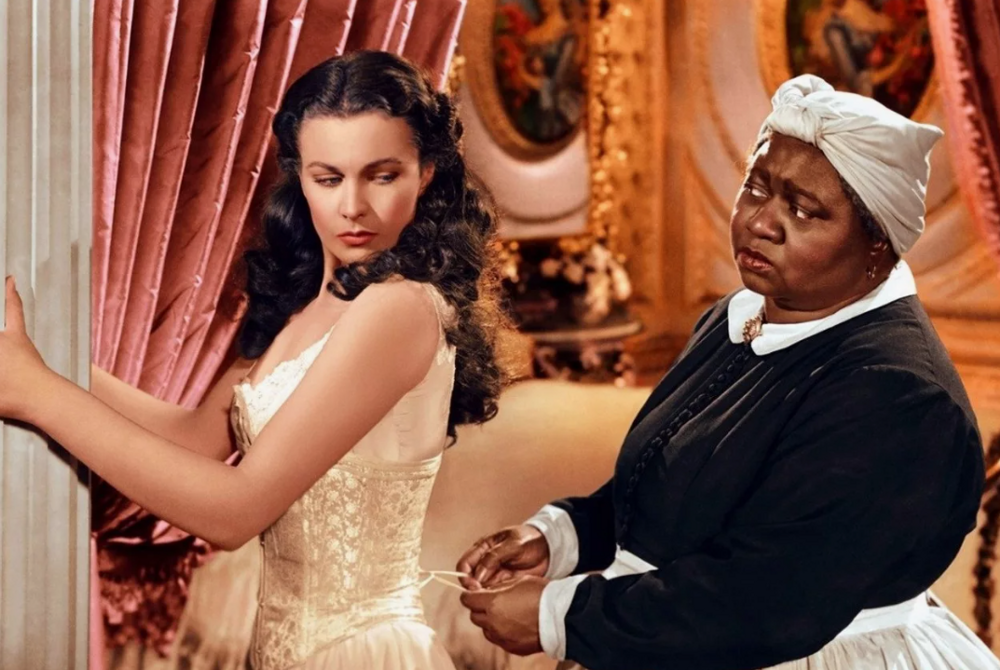
18. The films did not show a real steam locomotive, but only a model of it, although it was originally planned to use a real General steam locomotive. Wilbert Kurtz arranged for this locomotive to be made available for filming, but management demanded that for this service travel expenses (round trip) would be paid at a cost of $3 per 100 pounds of weight. And given that the locomotive weighed about 50 thousand pounds (not counting the cars), this transportation would have cost the studio a pretty penny. Therefore, the real locomotive had to be abandoned in favor of wooden models. 
19. For the filming of the film, they needed an old nag with protruding ribs. And such a horse was eventually found. But while she was being delivered to the set, she managed to gain weight and the protruding ribs disappeared from view. Then the make-up artist had to paint dark stripes on the horse, which played the role of protruding ribs. 
20. Olivia de Havilland, who played Melanie, specially visited maternity hospitals before filming the film to find out how young mothers behave after childbirth and how they cope with stress.
During Melanie's birth scene, director George Cukor pinched Olivia de Havilland's toes so that she could at least feel the pain.
By the way, Olivia de Havilland lived the longest of the four main characters. The actress died only in 2020 at the age of 104 years. Clark Gable died at the age of 59, Vivien Leigh was 53 years old at the time of her death, and Leslie Howard (Ashley) was only 50 years old. 
Olivia de Havilland in her youth and old age
Leslie Howard, by the way, was a reserve officer, and when World War II began, he went to fight. Unfortunately, his plane was shot down on June 1, 1943. 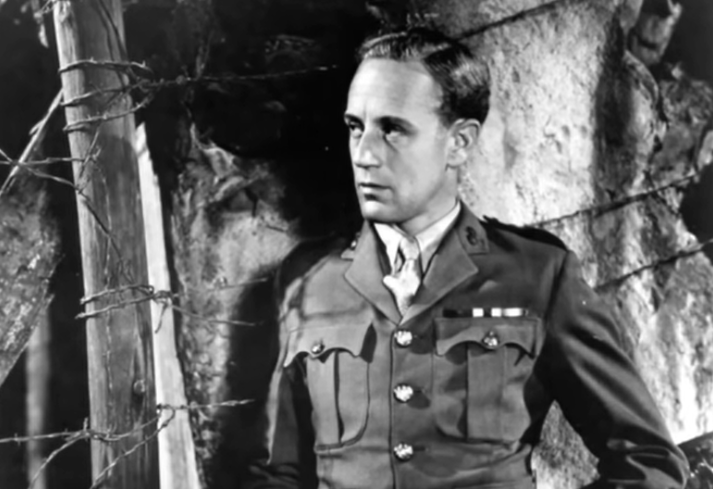
21. Actors Vivien Leigh and Clark Gable did not like each other in life. Vivien Leigh said that she hated kissing Gable during filming because his breath smelled so bad. At the same time, as members of the film crew said,Clark Gable ate garlic before filming kissing scenes. Moreover, Gable did not consider Vivien Leigh an actress at all. To him, she was just a pretty face, nothing more. 
22. Remember the scene when, after the birth of his daughter, Rhett pours Mammy an alcoholic drink to celebrate the occasion? At this moment there should have been tea in the decanter, but the cunning Clark Gable poured real alcohol into the glass. And the unsuspecting Hattie McDaniel actually drank an alcoholic drink. Her surprise knew no bounds. 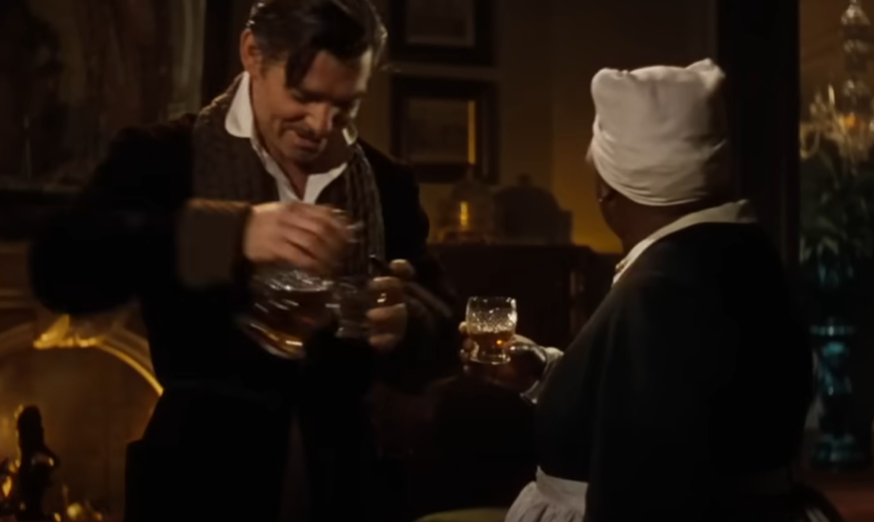
23. The film featured just under 60 actors, as well as approximately 2,500 extras (including 400 volunteer extras who acted for free). Also, in the scene with the wounded, mannequins were used.
24. The film "Gone with the Wind" received 8 Oscar statuettes in the categories "Best Picture", "Best Actress (Vivien Leigh)", "Best Supporting Actress (Hattie McDaniel)", "Best Director (Victor Fleming)" , “Best Adapted Screenplay”, “Best Cinematography”, “Best Artistic Work”, “Best Editing”. 
Victor Fleming (director)
25. With a budget of $3.85 million, the film earned a record $402.3 million at the box office. And if we take the amount of fees taking into account inflation, it will be approximately $4.2 billion.
Yes, yes, today the film "Gone with the Wind" is the highest-grossing film taking into account inflation. Even Avatar, which is currently the highest-grossing film in the world ($2.9 billion), took only $3.82 billion when adjusted for inflation. 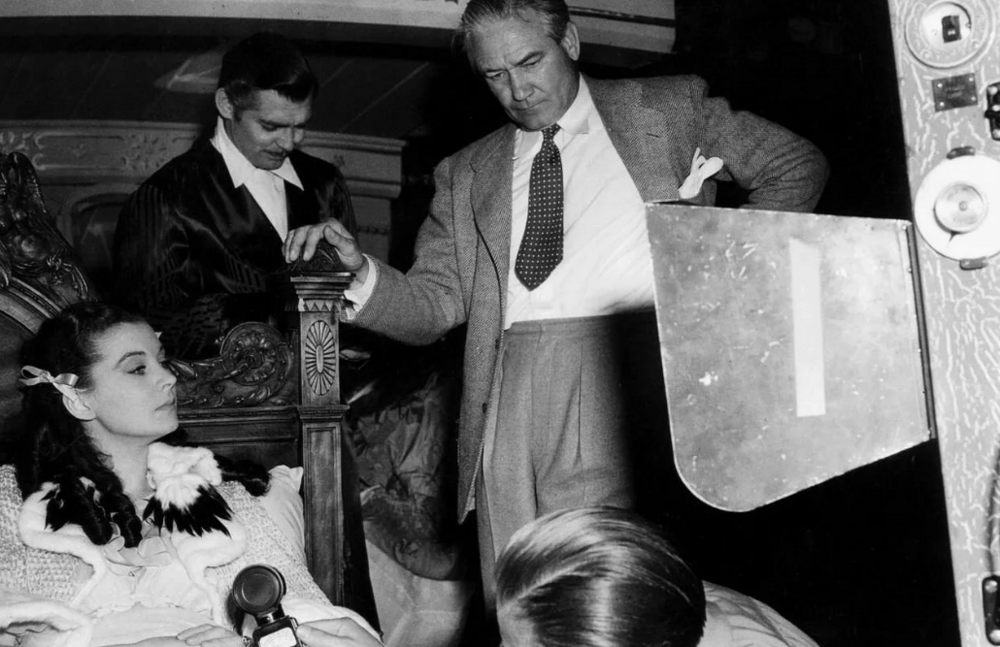
26. Producer David Salznick paid a $5,000 fine for using obscene language in the film Gone with the Wind. But the producer himself always said that he did not regret this fine, since it was worth it.
27. Director Victor Fleming assumed that the film would ultimately fail at the box office. Therefore, he decided not to take risks, but to take a fixed fee instead of the initially proposed percentage of box office receipts. This was his big mistake. 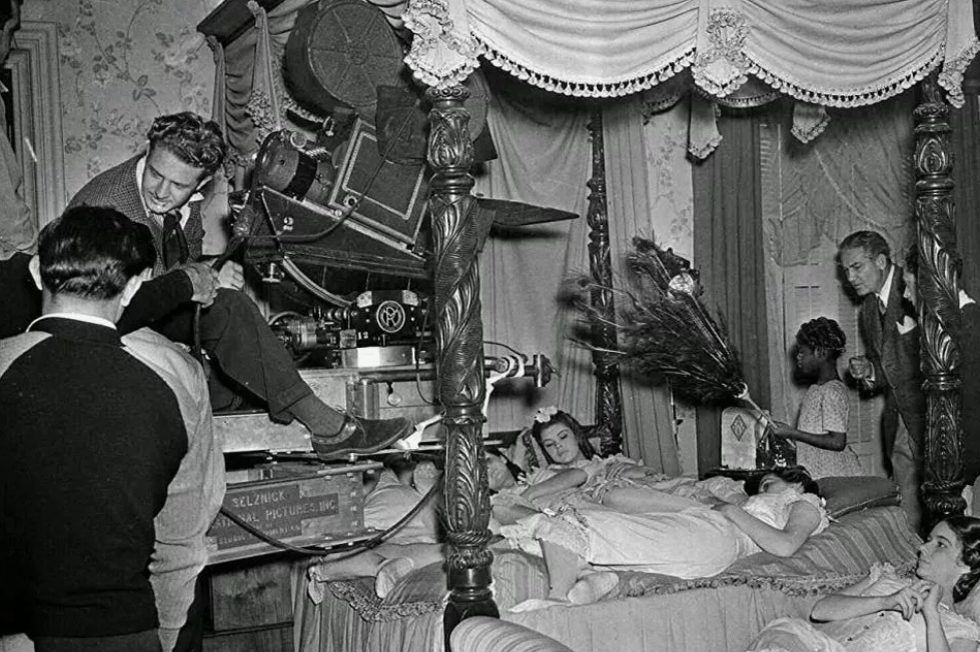
28. Filming the film “Gone with the Wind” became a real production hell for everyone. The actors were constantly quarreling, the crew was changing every now and then, there was not enough money, the script was constantly being revised. As a result, David Salznick began to have health problems. He developed a stomach ulcer and his hair began to turn grey.
29. The premiere of the film "Gone with the Wind" became a landmark event for Atlanta. On the day of the premiere, about a million people arrived from all over the United States. On this occasion, the Governor of Georgia made this day a State holiday. 







